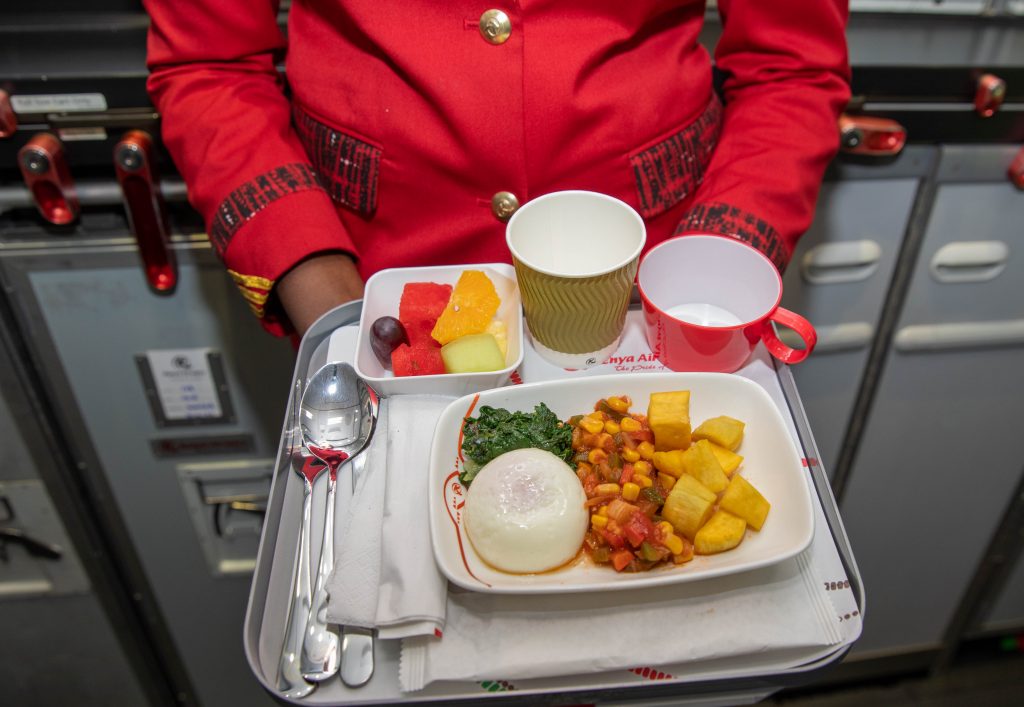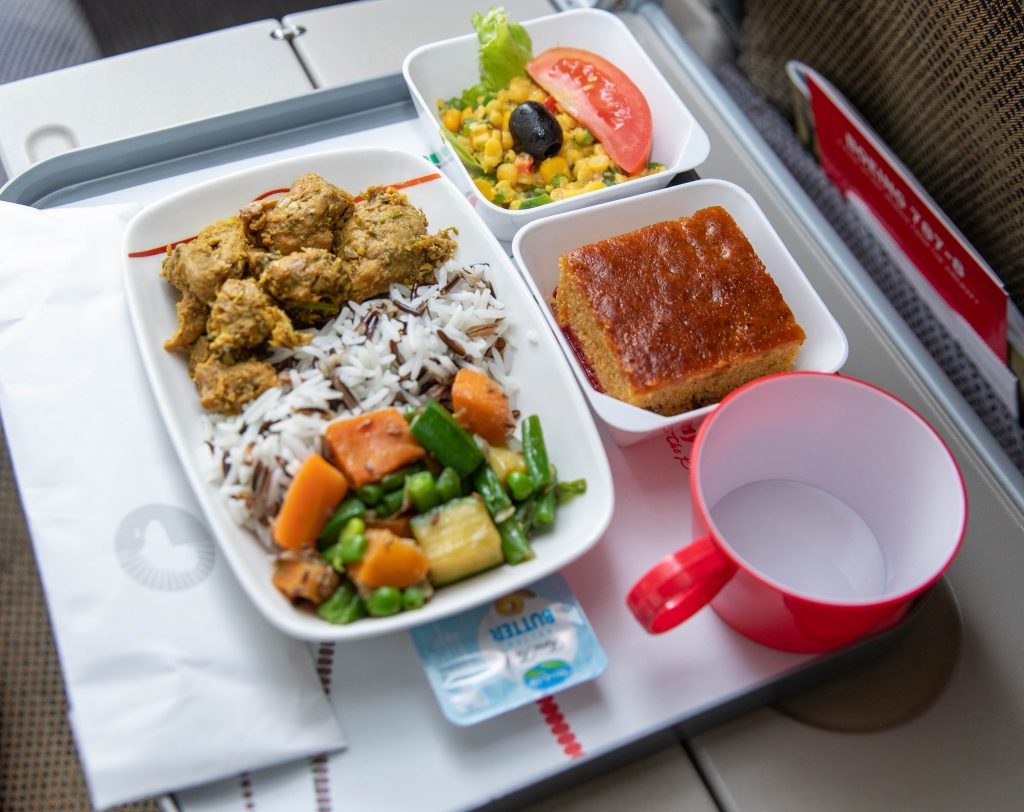By Samuel Ssenono
Kenya’s National carrier, Kenya Airways (KQ) demonstrated the future of sustainable aviation by flying an environmentally sustainable B787-800 Dreamliner flight from Nairobi to Amsterdam. The flight, was part of The Sustainable Flight Challenge (TSFC) that brought together 16 SkyTeam Alliance member airlines. The 16 airlines participated in a friendly competition demonstrating and implementing environmental and carbon reduction initiatives for sustainable aviation for the future.
Allan Kilavuka, Chief Executive Officer and Group Managing Director, Kenya Airways, said, “With sustainability becoming an increasingly pressing issue, we recognize that genuine change will only happen if the entire aviation ecosystem works together to transform our industry. For Africa, we want to raise the bar on sustainability and this challenge has given us the opportunity to collaborate and compete for real change while accelerating solutions and technologies for a better tomorrow.”

KQ’s participation focused on environmental conservation and worked closely with its partners, suppliers, and guests across the customer journey to support the reduction of carbon emissions during this flight. The challenge was a clear demonstration that success of sustainable aviation will be dependent on partnerships and synergies from all aviation stakeholders.
THE FLIGHT HIGHLIGHTS:
- The Aircraft
Kenya Airways operated a Boeing 787 Dreamliner aircraft from Nairobi to Amsterdam. Featuring advanced technologies, this highly efficient aircraft provided better fuel efficiency of up to 20 percent compared to other long-haul aircrafts.
- Fuel Decisions
From the planning stage, the airline optimized fuel use for the flight operation by; selecting an optimal route for the planned operation based on the most efficient climb and cruise speeds, planning at the optimum cruise flight levels, and working with the various air traffic services to achieve the shortest routes across the various airspaces. For the approach and landing, the flight crew executed a continuous descent approach profile, performing a reduced flap landing and utilizing minimal reverse thrust on landing. Other decisions included optimized fuel use by selecting to taxi in on one engine, parking at their arrival gate and landing with an Automatic Power Unit off arrival to the gate.
- Ground Operations
There was an external routine maintenance to ensure that the aircraft experiences less drag that would enable the aircraft to use less fuel. The unnecessary material (such as excess cushion covers, aircraft literature) loaded in the aircraft cabin were removed to reduce the weight of the aircraft and ensure that it burns less fuel and emit less carbon.
- In-Flight
Sustainable Catering: Guest on board were served with a carefully selected Eco-friendly menu prepared in partnership with our catering partner NAS. The ingredients for the meals were sourced from local Kenyan farmers who specialise in growing organic vegetables and fruits, organic chicken and supplemented with fresh herbs from NAS in-house green house.
Waste Management
A waste sorting plan by the inflight and catering team identified items that could be recycled. This flight was a minimal-waste flight, except for the safety, health and hygiene items that were single use.
Recycling
The head beads worn by the female cabin crew on the Flight are made from old KQ Msafiri inflight magazines by a women’s group in Kibera, Nairobi. While the business class blankets were produced from plastic bottles by The Megh Group who recycle plastic bottles and convert them into textiles. Other items included headset covers made from reusable fabric, biodegradable eco-friendly paper cups and light weight stainless steel cutlery in the Economy Class. Additionally, cabin amenities were all made from eco-friendly recyclable materials with a focus on reducing single-use plastics.
- Customer participation
Carbon Offset
Passengers participated in offsetting the Carbon dioxide (CO2) emissions related to the flight to Amsterdam through the voluntary Carbon offsetting tool. The amount collected will be used to support environmental sustainability initiatives projects that have been qualified by IATA.
Traveling Light to reduce weight
Passengers were encouraged to travel light on this flight to travel light as much as possible. This was in line with weight reductions and hence reducing fuel consumption leading to low carbon emissions.

- Partnerships
NAS Airport Services: The Kenya Airways catering team worked closely with NAS Airport services to curate heathy meals for all the guests.
The Kenya Airports Authority (KAA): KAA offered immense support to ensure that ground operations used electric power for majority of the operations.
Participating airlines will be judged across 14 categories by a panel of international and diverse judges from sustainability and aviation sectors on how best to operate flights more sustainably. Winning airlines will be recognised at an award ceremony in June.






















